Idlewild: A Journey of Dreams and Identity in the Black Community
Spotlight Stories - Visual Archive
The 2006 musical film Idlewild, directed by Bryan Barber, holds a unique place in cinema, blending themes of ambition, identity, and community through the storytelling voices of André 3000 (André Benjamin) and Big Boi (Antwan Patton), members of the celebrated hip-hop duo OutKast. Set during the Prohibition era in a fictional town in Georgia, Idlewild uses music, dance, and rich visuals to explore what it means to step out of the shadows to chase one’s dreams, especially within the constraints of race, tradition, and societal expectations. This film resonates deeply within the Black community, not only for its unique portrayal of African-American life in the 1930s but also for its exploration of the universal pursuit of self-realization.
The central characters, Percival (André 3000) and Rooster (Big Boi), represent different aspects of ambition and the drive to overcome personal limitations. Percival, a talented pianist trapped in a job he doesn’t enjoy and restrained by his father’s strict expectations, dreams of a life beyond what has been laid out for him. Rooster, on the other hand, is a charismatic performer entangled in the dangers of the criminal underworld, balancing his dreams of success with his responsibilities to his family. The struggles these characters face resonate with many in the Black community, as they mirror the tension between following tradition and daring to step into the unknown.
“A movie that worth that watch. I remember this moving sparking so many of my creations.” - Shareece Williams
For Black audiences, this theme of breaking free from imposed roles and expectations is powerfully relatable. African-American history is marked by a legacy of resilience and creativity in the face of systemic oppression. Idlewild showcases characters who must learn to trust in their talent and self-worth, even when society limits their dreams. This idea of coming out of the shadows to embrace one’s destiny is a timeless lesson, encouraging Black individuals to see themselves not as products of their past or environment but as agents of their futures.
Idlewild is more than just a story; it’s a visually stunning piece of Black artistry that incorporates jazz, swing, hip-hop, and blues music in ways that honor the past while making it accessible to a modern audience. The film’s dynamic musical numbers, intricate choreography, and stylish cinematography celebrate Black creativity and cultural influence across generations. By interweaving hip-hop with 1930s jazz, Idlewild showcases the adaptability and depth of Black music, reinforcing the idea that Black art is timeless, evolving, and foundational to American culture.
Adding Idlewild to our visual archives enriches the historical record of Black cinema and American culture. Many period films focus on Black trauma, but Idlewild presents a nuanced and vibrant depiction of Black life, filled with beauty, romance, and artistic expression. This emphasis on beauty and joy is vital for audiences who seek more than a one-dimensional portrayal of Black history. Instead, they are offered a complex, textured view of ambition, love, struggle, and celebration. Idlewild shows that Black stories can be layered with art and imagination, deserving a rightful place alongside mainstream cinematic achievements.
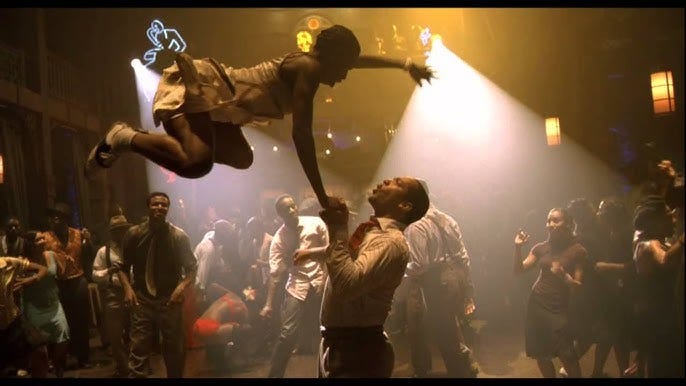
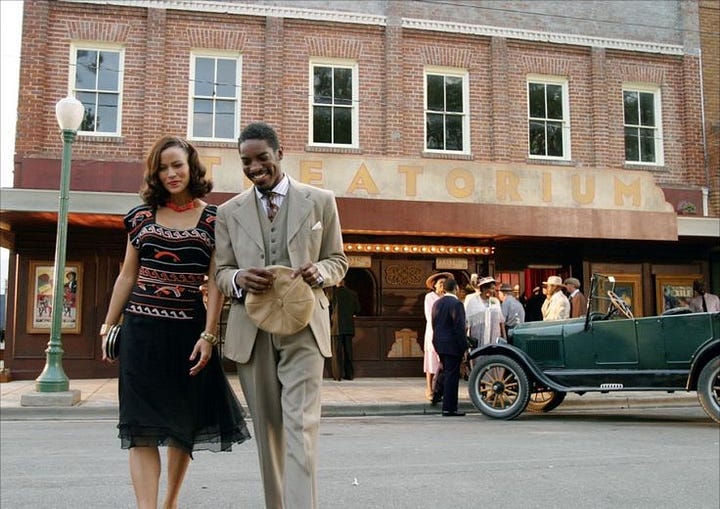
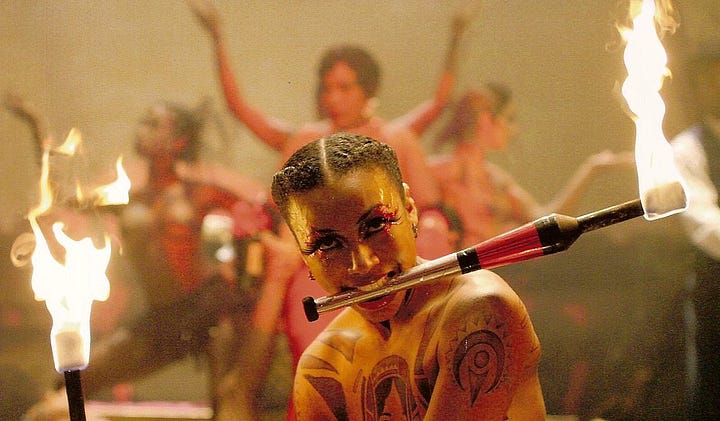
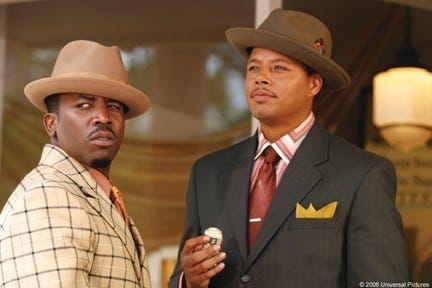
Idlewild is particularly meaningful because it encourages viewers to reflect on their own aspirations and the courage needed to bring them to life. Rooster and Percival’s journeys serve as reminders that success often requires confronting fear and overcoming inner doubts. This message resonates with young Black dreamers who may feel confined by their circumstances, highlighting the power of imagination, resilience, and courage. The film suggests that Black stories don’t have to be confined to tales of survival alone; they can be inspirational narratives that illuminate the pursuit of joy, success, and fulfillment.
Idlewild is an essential addition to the archive of Black film for several reasons. First, it captures a rarely-seen side of Black life in the 1930s, a period often depicted as one of struggle but not necessarily of artistic freedom or ambition. By combining elements of hip-hop culture with the aesthetic of the Jazz Age, Idlewild breaks new ground in how Black stories are told on screen. Second, its impact lies in its ability to inspire viewers to pursue their dreams while honoring the history and resilience of Black artistry.
For the Black community, Idlewild holds up a mirror to both struggles and triumphs, showing that the drive to achieve greatness often begins by stepping out of society’s expectations and embracing one’s unique path. In a world where Black voices have long been sidelined, Idlewild stands as a testament to the power of self-expression and the enduring value of adding such films to our visual legacy. This film reminds us that Black stories are vibrant, complex, and deeply deserving of preservation for future generations.
Supporting Black voices in film and preserving Black archives isn’t just about celebrating past accomplishments; it’s about ensuring that the next generation sees themselves represented in complex, diverse, and inspiring ways. Films like Idlewild remind us that Black stories are vibrant and multi-dimensional, touching on everything from joy and struggle to ambition and resilience. By supporting Black creators and pushing for the preservation of Black cinema, we contribute to a richer cultural tapestry that values all voices. Let's continue to elevate and safeguard these stories, building an inclusive archive that empowers, educates, and inspires for generations to come.
Abstract Art by Black Artists: The Influence and Impact of Unique Perspectives
Abstract art has long been a medium through which artists express concepts, emotions, and perspectives that resist literal representation. For Black artists, abstract art becomes a transformative tool—a means of challenging conventions, reshaping cultural narratives, and engaging with complex identities. In this article, we'll explore the influence and …


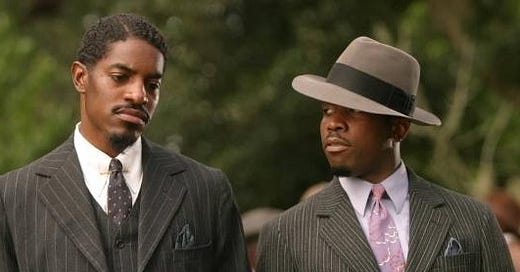


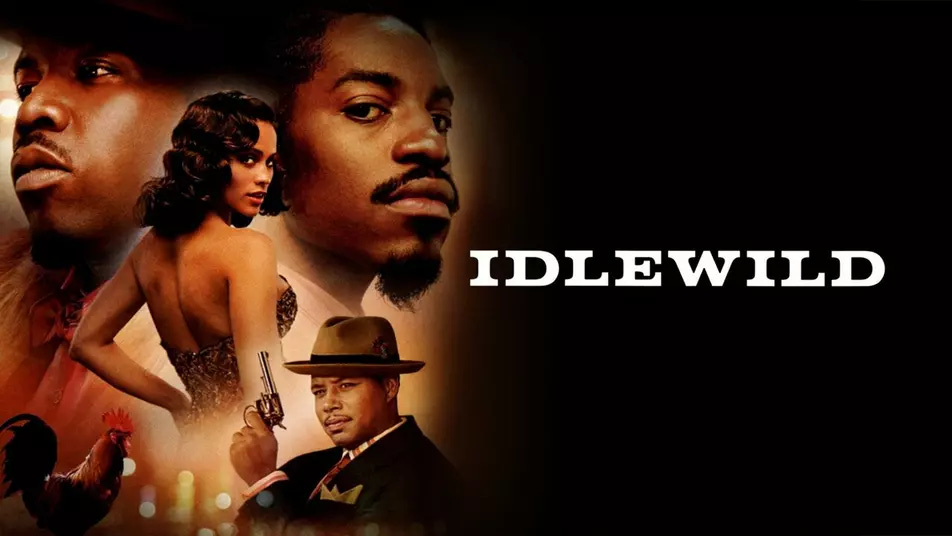


This movie is iconic.